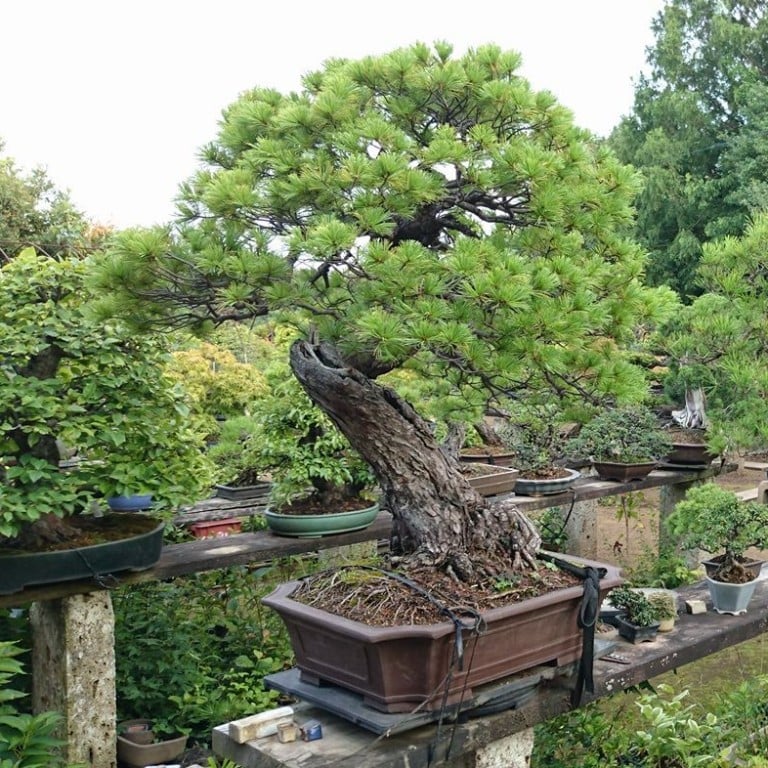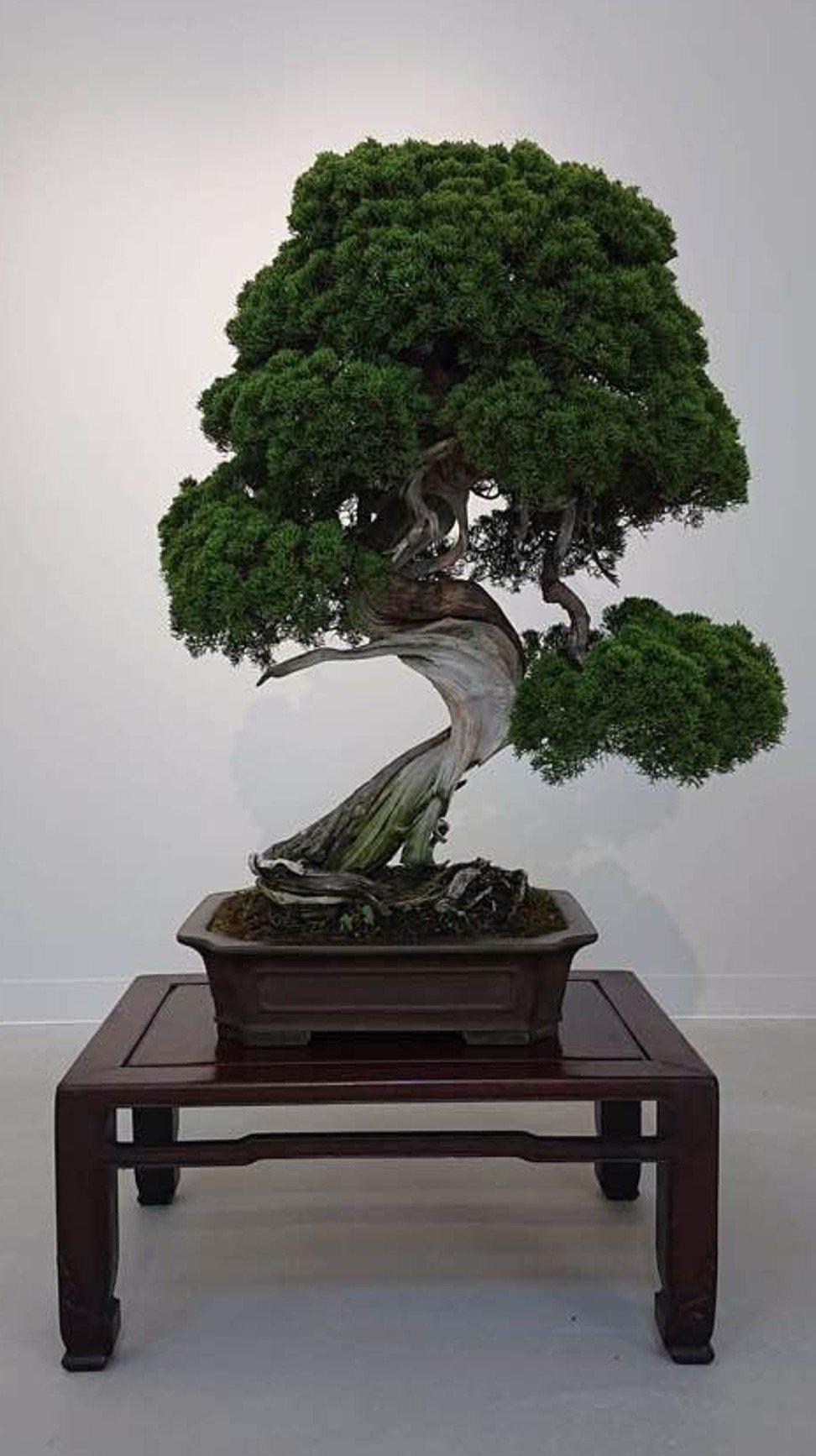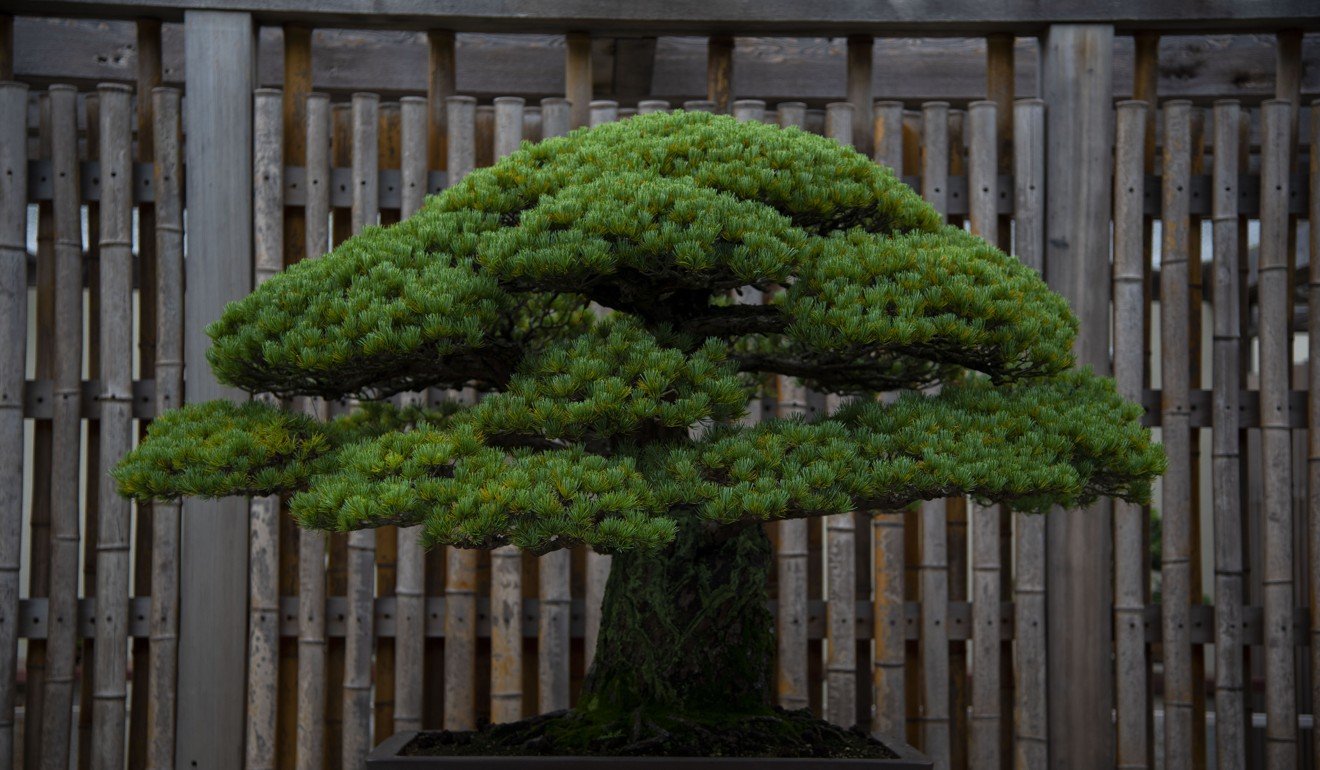
Thieves stole a rare 400-year-old bonsai from a Japanese garden. The grief-stricken owner offered care instructions
- Seven trees, worth US$118,000, were stolen from the garden of Fuyumi and Seiji Iimura, a fifth-generation bonsai cultivator
- Fuyumi Iimuri said the trees were as precious as children, and begged the thieves to care for them well
Fuyumi Iimura has a message for whoever broke into her family’s expansive garden outside Tokyo and made off with a small fortune’s worth of some of the planet’s most beautiful bonsai trees: please water them.
Over a period of several nights, a team of bonsai bandits stole the cream of Iimura’s collection, regarded as some of the most exquisite in existence, CNN reported.

It was like losing a child, Iimura said in a Facebook post. The only thing worse would be if the trees weren’t properly cared for and centuries’ worth of work withered away because of neglect.
“I want whoever took the bonsai to make sure they are watered. The shimpaku lived for 400 years. It needs care and can’t survive a week without water,” Iimura said in the grief-stricken post on her Facebook page, referring to a particularly rare juniper that was stolen, a celebrity in the bonsai world. “They can live forever – even after we’re gone, if they receive the proper care.”
Hong Kong urban farmers find bliss in rooftop gardens
Clearly, the thieves knew what they were doing in last month’s heist. They stole a total of seven trees, but those were the most expensive in Iimura’s collection, according to CNN. The most prized shimpaku juniper alone was worth 10 million yen (US$91,000) and the combined haul was worth 13 million yen (US$118,000) but could fetch much more on illicit markets.
“We treated these miniature trees like our children,” Iimura said. “There are no words to describe how we feel. It’s like having your limbs lopped off.”

Iimura’s husband, Seiji Iimura, is a fifth-generation bonsai master whose family has been cultivating bonsai since the Edo period, which ended in 1868.
Fuyumi Iimura’s Facebook profile is full of pictures of bonsai trees: mature trees in their garden, younger specimens and pre-bonsai seedlings at a greenery fair.
We treated these miniature trees like our children. There are no words to describe how we feel. It’s like having your limbs lopped off
But if the bonsai were children, the shimpaku was clearly the favourite, a 400-year-old cover model of a tree whose undulating lines are straight out of a storybook.
Shimpaku junipers, which are increasingly endangered in the wild, are found in difficult-to-access cliff areas, according to the World Bonsai Friendship Federation. Stories that sound like mythical fables abound of bonsai collectors risking their lives on Japanese mountainsides to collect the trees.
The Iimuras’ shimpaku had a similar backstory.
It had been taken from a mountain more than four centuries ago, and Iimura’s family had gradually reduced the tree to its current size, less than a metre (3 feet) tall and more than 60cm (2 feet) wide.
It dotted posters for a bonsai fair. Fuyumi Iimura snapped photos of the tree topped with snow, its needles covered in sparkling ice crystals. They had hoped to enter it into a contest in coming months.
Despite its celebrity status, the Iimuras didn’t hide their prized bonsai, according to the Asahi Shimbun, a national newspaper in Japan. They kept the farm open to the public, so fans could be close to the bonsai. For the same reason, the couple did not implement restrictive security measures. That will change after thieves made off with a miniature tree that costs as much as a sports car.
They also made off with other trees, also rare shimpaku.
“An individual well-versed in bonsai must have been involved in the theft,” Seiji Iimura told the newspaper.
There is, of course, no Interpol database of stolen bonsai, but this theft appears to be an order of magnitude larger than similar thefts.
In November, a farm in Saitama, Japan, had eight bonsai pots stolen – six months after a similar heist, according to the Asahi newspaper. The farm was hit even though it is equipped with eight surveillance cameras.
Last May, someone apparently hopped the barbed wire fence of Artisans Bonsai in Florida and stole two trees worth US$7,500, according to Tampa Fox affiliate WTVT. After the theft, owner Joe Cain beefed up security measures and hired an armed security guard.
Like many bonsai theft victims, he realised that didn’t mean he’d seen his trees for the last time. The bonsai world is a small one, and people who have been ripped off frequently see their trees again on for-sale signs and collectors’ Instagram accounts.

